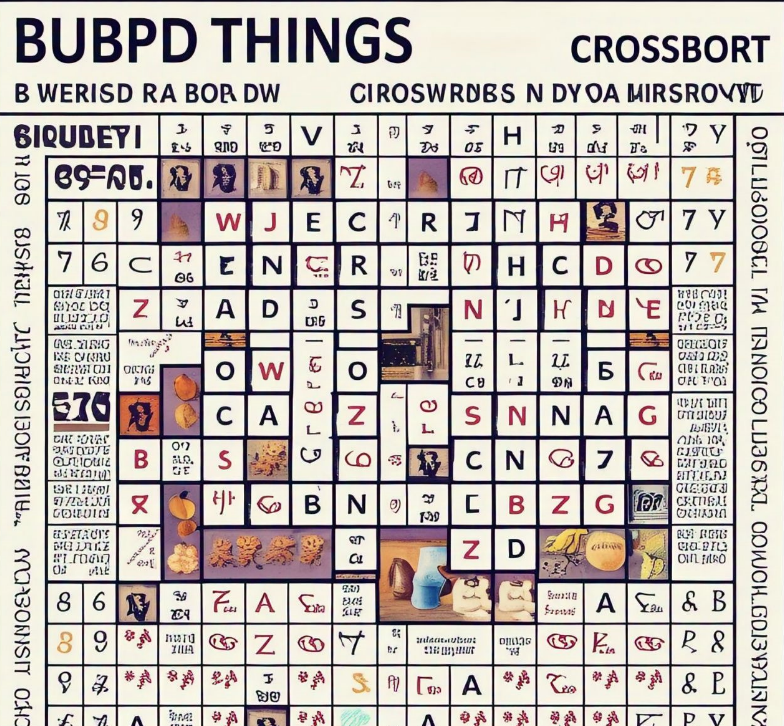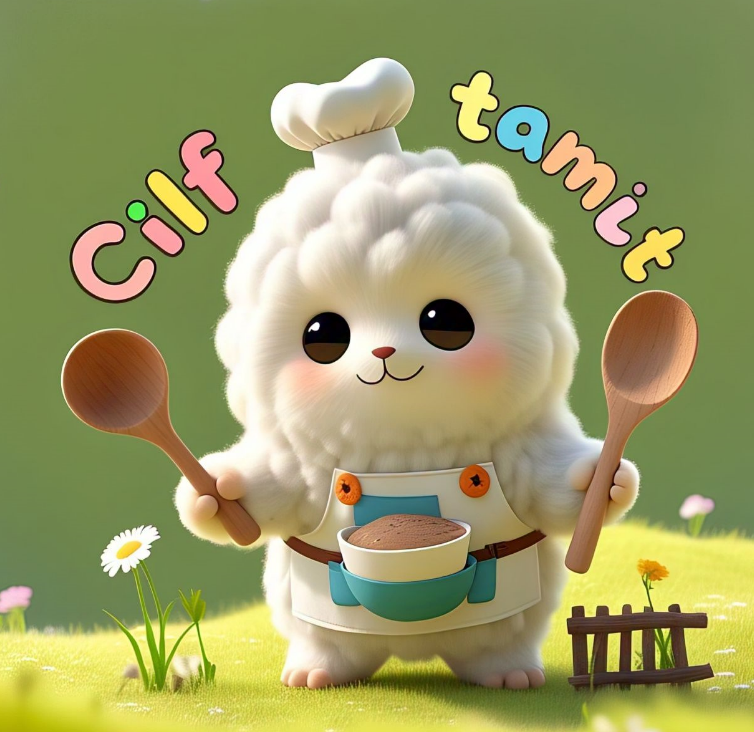Bumped Things NYT Crossword Clue Explained: Solving Tips & Common Answers
Introduction to the “Bumped Things NYT Crossword” Clue
If you’re an avid fan of the New York Times Crossword, you’ve likely come across some frustratingly elaborate clues. One such head-scratcher that’s been leaving solvers at a loss for words is the phrase “Bumped Things NYT Crossword”. At first glance, it seems simple, but whilst located in the context of a crossword, it quick becomes a cryptic venture. This clue has appeared in numerous forms across multiple NYT crossword puzzles, and understanding its deeper which means can liberate many doorways for solvers who find themselves caught. In this complete guide, we are able to dive deep into the context, techniques, interpretations, and logic in the back of this fascinating clue. Whether you’re a beginner or a pro solver, this newsletter will help demystify what “Bumped Things” may want to suggest and the way to decode such cryptic crossword clues from the NYT.
Understanding How NYT Crossword Clues Work
The New York Times Crossword is not just a game—it’s a every day brain exercising. But before we dissect the “Bumped Things NYT Crossword” clue, let’s first understand how these clues are structured. NYT crossword clues are regarded for their clever wordplay, double meanings, and coffee cultural or ancient references. They often require solvers to assume beyond the surface, exploring puns, synonyms, and idiomatic expressions. A clue like “Bumped Things” might not actually imply a bodily bump but ought to hint at a alternate, a movement, or maybe a social interaction. The crossword is designed to be challenging, but the clues comply with an inner good judgment. If you could understand how that good judgment works, even the maximum difficult to understand clue can emerge as solvable
Decoding “Bumped Things” in the Crossword Context
So, what ought to “Bumped Things NYT Crossword” suggest? This phrase would possibly seem indistinct, however there are common interpretations which could point you inside the proper path. In crossword puzzles, “bumped” ought to suggest moved, adjusted, nudged, or maybe eliminated. “Things” is intentionally extensive—it may suggest objects, thoughts, events, or human beings relying at the subject of the crossword. The beauty of the NYT crossword is that it frequently uses such vague phraseology to challenge solvers into thinking in multiple instructions. In preceding puzzles, answers to clues much like “Bumped Things” have covered words like “nudges,” “hits,” “collisions,” or even idioms like “ran into” or “rub elbows.” It’s all approximately expertise the clue’s flexibility and then matching it with feasible answers based on available letters.
Common Answers to Bumped Things Clues
Now that you understand the possible meanings of “Bumped Things,” let’s explore some of the most common answers that have appeared in NYT Crossword puzzles when this or similar clues were given. The list isn’t exhaustive, but these are examples of how flexible the clue can be:
- Nudges – implies a gentle bump or push
- Hits – straightforward and literal bumping
- Elbows – as in “bumped with an elbow”
- Jostles – often used in crowded spaces
- Bangs – sometimes metaphorical or literal
- Rubs – like “rubbed the wrong way”
- Shunts – more mechanical or forceful movement
- Knocks – often used in both literal and figurative contexts
Each of these answers depends on the number of boxes in the puzzle and any intersecting clues that help narrow down the options. Still, understanding these possibilities gives solvers a framework to approach the puzzle more strategically.
How to Strategically Solve Tricky Clues
Solving clues like “Bumped Things NYT Crossword” calls for extra than just guessing; it requires a methodical strategy. Begin via looking at the variety of letters wished for the solution. Then, test the surrounding clues to see what letters are already stuffed in from other answers. This pass-checking is vital in figuring out possible fits. Next, think about what “bumped” should suggest in distinct contexts. Is it a literal bump? A metaphorical one? A trade in schedule? The greater bendy your mind is, the less complicated it’ll be to look ability solutions. It’s additionally beneficial to study the clue out loud or update it with synonyms to look if something clicks. This is why seasoned crossword solvers often broaden a mental thesaurus—they instinctively attempt more than one interpretations until the right one fits.
Themes That Influence Clue Interpretation

One of the specific elements of the NYT Crossword is the usage of subject matters in a lot of its puzzles. Some clues, inclusive of “Bumped Things,” may additionally make more sense after you recognize the theme of that particular puzzle. For instance, if the crossword subject matter entails transportation, then “bumped matters” may check with “collisions” or “traffic.” If the theme entails social events, it might factor to “mingling” or “elbows.” The puzzle’s theme can dramatically shift the interpretation of clues. Always be aware of any recommendations supplied inside the puzzle’s title or creation—those are not simply ornamental; they can provide big steerage. In fact, a terrific solver continually opinions the entire grid and reads across all clues earlier than locking in any solutions to understand the total photograph.
Real Examples from NYT Crossword Archives
Looking lower back at a few NYT puzzles that protected clues like “Bumped Things” can be immensely useful. In a 2022 puzzle, a clue resembling “bumped things” caused the solution JOSTLED. Another puzzle used “Socially interacted, casually” which had the answer RUBBED ELBOWS—a more idiomatic take at the clue. These real examples show that the clue can swing from literal to figurative meanings. NYT puzzles are curated with a balance of good judgment, wit, and wordplay, so reviewing beyond clues and answers can assist solvers grow to be more acquainted with the editors’ thought procedures. This historical understanding builds a better solving instinct.
The Role of Wordplay in Crossword Clues
Wordplay is at the heart of NYT crossword puzzles. The clue “Bumped Things” may be deceptive now not simply in that means, however in grammatical shape. Solvers on occasion forget that the NYT regularly disguises verb tenses or makes use of pluralization tricks. For example, “bumped” might be used as a verb or a passive adjective. “Things” may be an item or a vague filler to increase complexity. The clue can also be a play on words. Understanding puns, homophones, or double entendres is important to fixing harder clues. Crossword veterans regularly say that a great puzzle doesn’t just check vocabulary—it assessments your potential to assume like a riddle grasp.
Why Context is Crucial for This Clue
It’s essential to apprehend that the exact solution to “Bumped Things NYT Crossword” depends closely on context. Without seeing the rest of the puzzle, it’s tough to recognise which path the clue is pointing. However, spotting the multiple interpretations of each phrase inside the clue helps you build a mental list of options. Context includes the puzzle’s subject matter, intersecting answers, the clue’s role, or even the day of the week the puzzle is posted (NYT crosswords get tougher as the week progresses). All these info supply solvers crucial information. So, next time you notice a indistinct clue like “bumped things,” don’t panic—examine the context first, and the solution will often grow to be clean.
Final Tips for Tackling Clues Like “Bumped Things”
To always solve NYT Crossword clues like “Bumped Things,” you want a aggregate of vocabulary, pattern popularity, and logic. Practice makes ideal, so bear in mind solving past puzzles day by day. Keep a non-public pocket book of intricate clues and their answers. Explore online crossword dictionaries and groups, as fellow solvers often share insight that may be valuable. Be affected person and revel in the challenge—the delight of fixing a clue like “Bumped Things NYT Crossword” is part of what makes those puzzles so profitable.
Bullet Points: Quick Reference for Solvers
- “Bumped” can imply movement, nudging, or conflict.
- “Things” is a deliberately vague term that can mean anything.
- Common answers include nudges, hits, jostles, elbows, and knocks.
- Always consider the crossword’s theme for better clue interpretation.
- Use intersecting answers and clue structure to narrow down the right word.
Conclusion: Mastering the NYT Crossword One Clue at a Time
The clue “Bumped Things NYT Crossword” is a great example of the type of smart ambiguity that makes NYT crosswords each frustrating and worthwhile. Solving it requires more than simply knowing definitions—you need to be fluent within the language of wordplay, able to seeing clues from multiple angles. By breaking down the structure of clues, leveraging context, reviewing historic answers, and staying sharp on synonyms and puns, you can teach your mind to deal with even the hardest puzzles. Each clue is a little mystery, and with the right mindset, every solution is a triumph. Keep practising, stay curious, and in no way stop bumping into new solutions.
Frequently Asked Questions (FAQs)
1. What does “Bumped Things” usually mean in NYT Crossword puzzles?
It typically refers to actions like nudging, jostling, or hitting, but it depends on the puzzle’s context and theme.
2. Are there common answers that frequently appear for this clue?
Yes, common answers include “nudges,” “jostles,” “elbows,” and “hits,” among others.
3. How do I solve vague NYT crossword clues more easily?
Start by checking the number of letters, looking at intersecting answers, and considering all possible meanings of the words in the clue.
4. Can the theme of the crossword affect the answer to “Bumped Things”?
Absolutely. The theme can provide important context that helps narrow down the correct interpretation.
5. What resources can help improve crossword solving skills?
Use crossword dictionaries, online forums like Reddit’s r/crossword, apps like XWord Info, and practice daily NYT puzzles to improve your skills.






